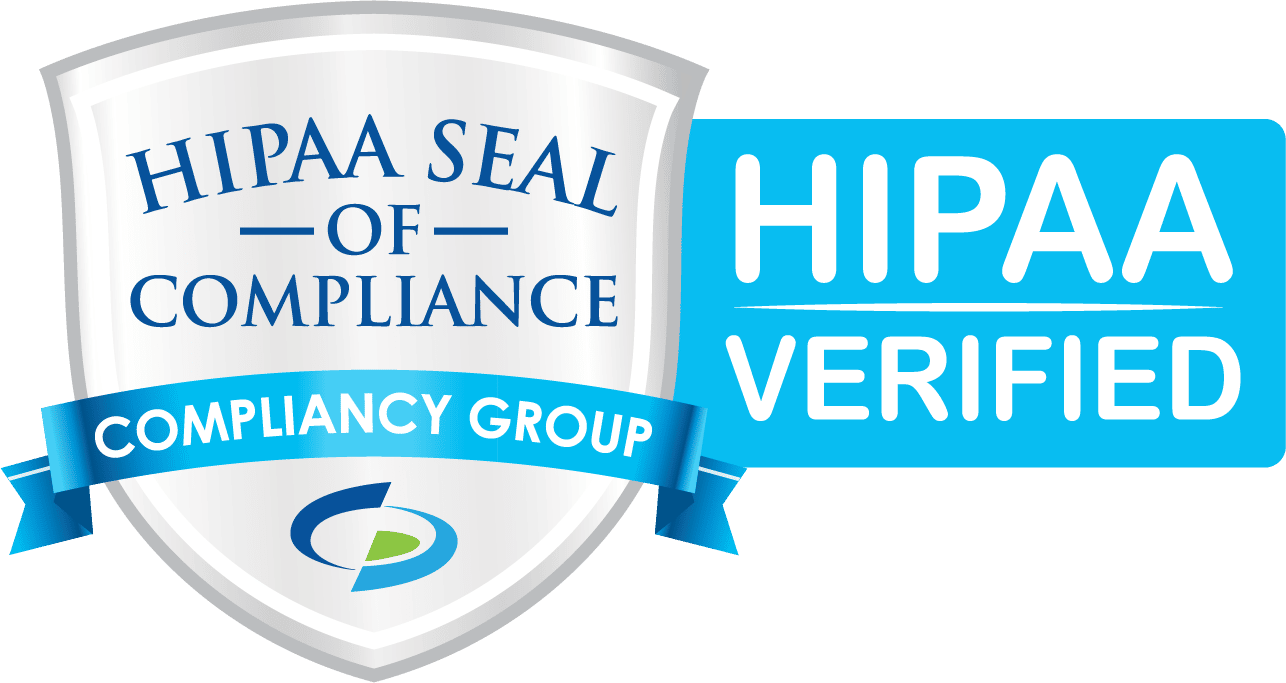In healthcare, we are constantly gathering data in all sorts of ways, from providers collecting basic stats to medical devices collecting procedural data. But what do we do with all of it? Most healthcare stakeholders would agree that we could be making better use of all of the data that we are collecting through these […]
R&D
R&D teams for medtech companies are tasked with innovating to create the right tools for their custom applications and surgical dashboards, and also with ensuring that future iterations of the application continue to provide value for key user groups. When it comes to getting the work done, each option provides benefits and drawbacks, and it’s up to you to pick the best solution: build the application or dashboard in-house, select an off-the-shelf solution, or work with a third-party development team.
In these blog posts, we share tips based on our experience as a development firm who works with medtech companies to build custom applications, as well as our experience in using off-the-shelf solutions and in-house development for our own business needs.
Addressing Interoperability Challenges
Interoperability is one of the more persistent challenges for medtech companies in taking their devices to the next level and providing more insightful data. How do we find a way forward? We discussed these issues with Rob Brull, Senior Product Director at Infor, on a recent episode of The Health Connective Show. Interoperability has been […]
Developing Technical Solutions That Capture Physicians’ Needs
One of the prevailing ideas in healthcare IT and medtech is that physicians are resistant to adopting new technology. In our experience, that’s not quite the case. Physicians are actually very open to new technology, as long as they can see that it provides a clear benefit and addresses pain points in their current processes. […]
Turning Contextless Data into Insights
One of the biggest challenges medtech companies face is that physicians are reluctant to take on new technologies unless the new is clearly better than the old. When you have a new product, that can be an uphill battle to prove. When physicians are having to go through training to use a new device, they […]
Software Architecture to Allow for More Rapid Releases
When your company is developing software for a medical device, regulatory standards can hinder your ability to launch more timely updates unless you plan carefully. This is especially true for software that is considered part of your device by FDA standards (for example, software that is necessary to complete a procedure). This type of software […]
Prioritizing Accessibility
Would it make sense to build something that a quarter of the population couldn’t use? The answer might seem intuitive, yet that’s what happens when you develop an application that doesn’t take accessibility into account. The CDC states that up to 1 in 4 adults in the U.S. have some type of disability, so it’s […]
Why Coding Standards Are Essential For Success
If you’re going to build a new house, you want the satisfaction of knowing that it will be done safely and effectively. You don’t want to worry that the foundation is uneven, or the beams are in the wrong places, or the electrical isn’t installed properly. You want to enjoy every minute in your new […]
Security Essentials
With new cyberthreats happening everyday, a vigilant approach to security is a necessary part of any project. Security is part of every layer of the development process, including the following: Since vulnerabilities can occur in every layer, it’s important to test in each of those areas as well. Covering the basics It’s important to note […]









